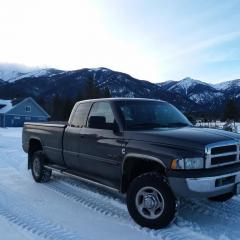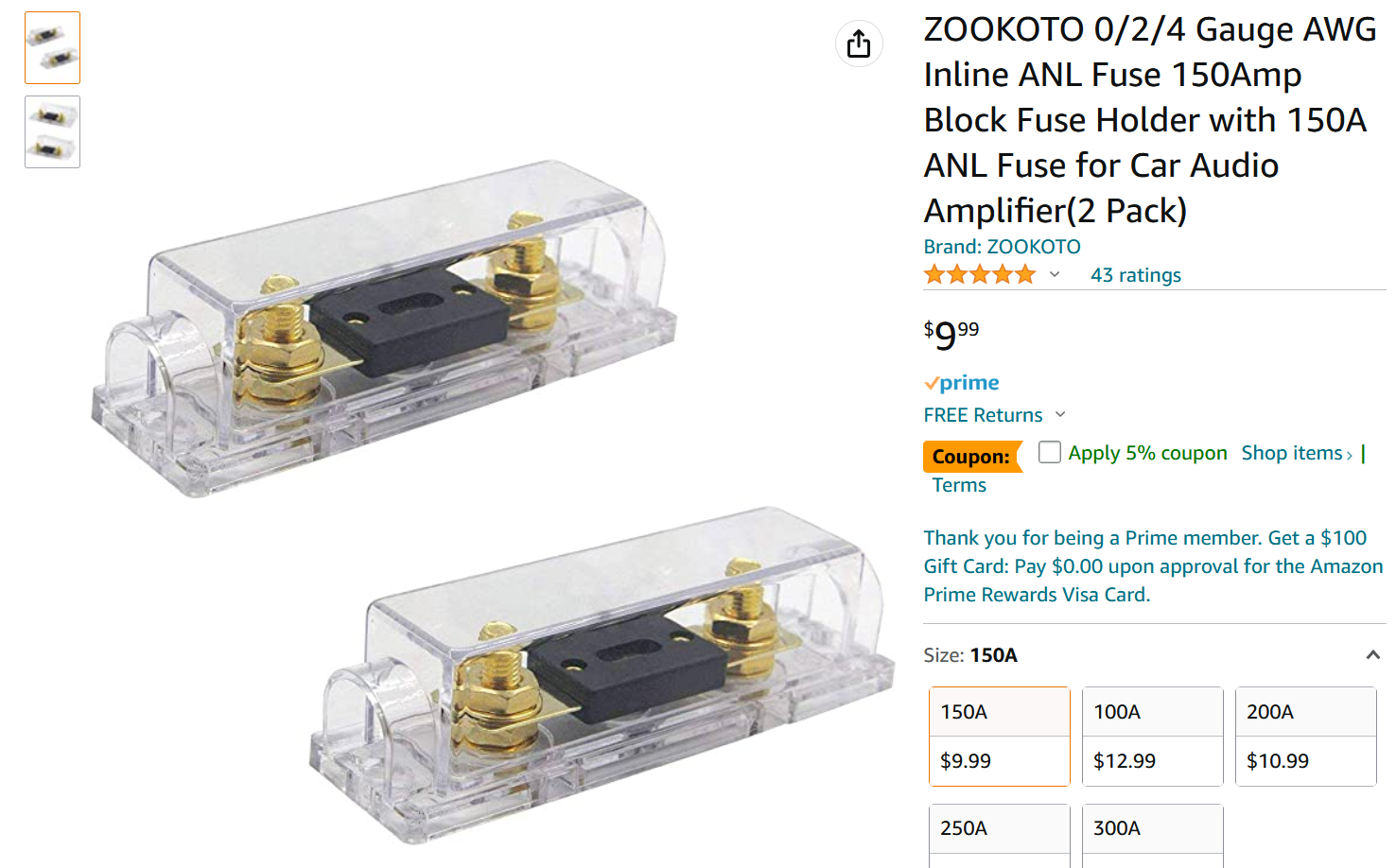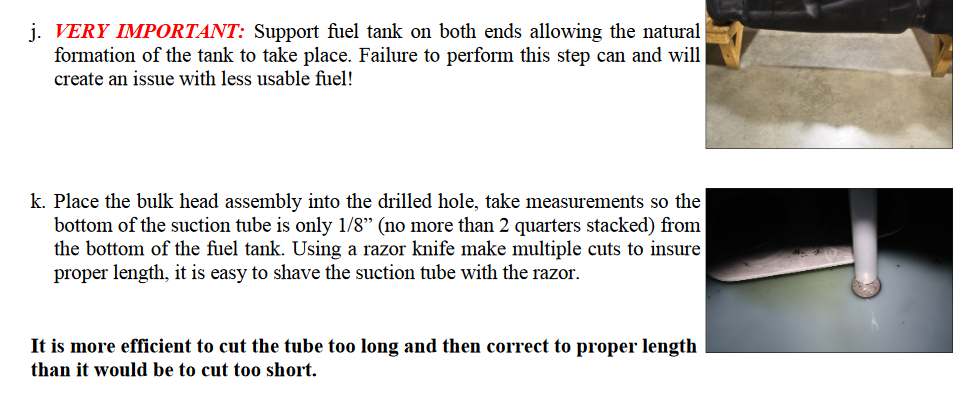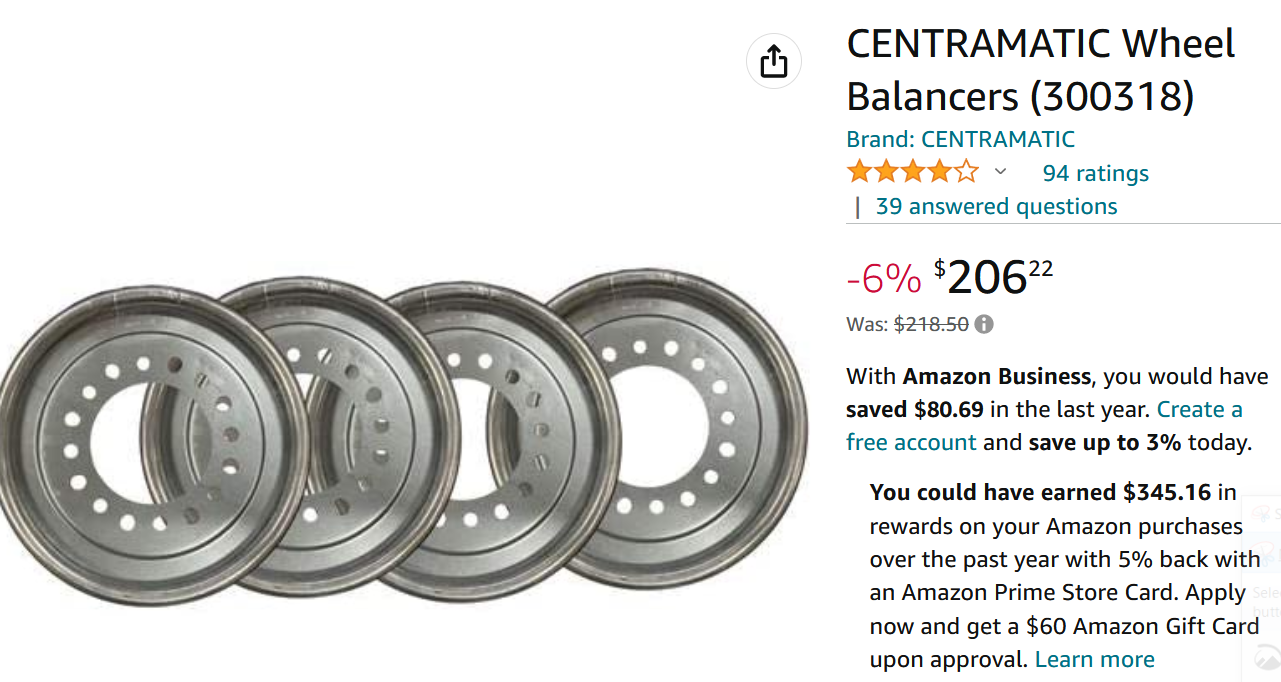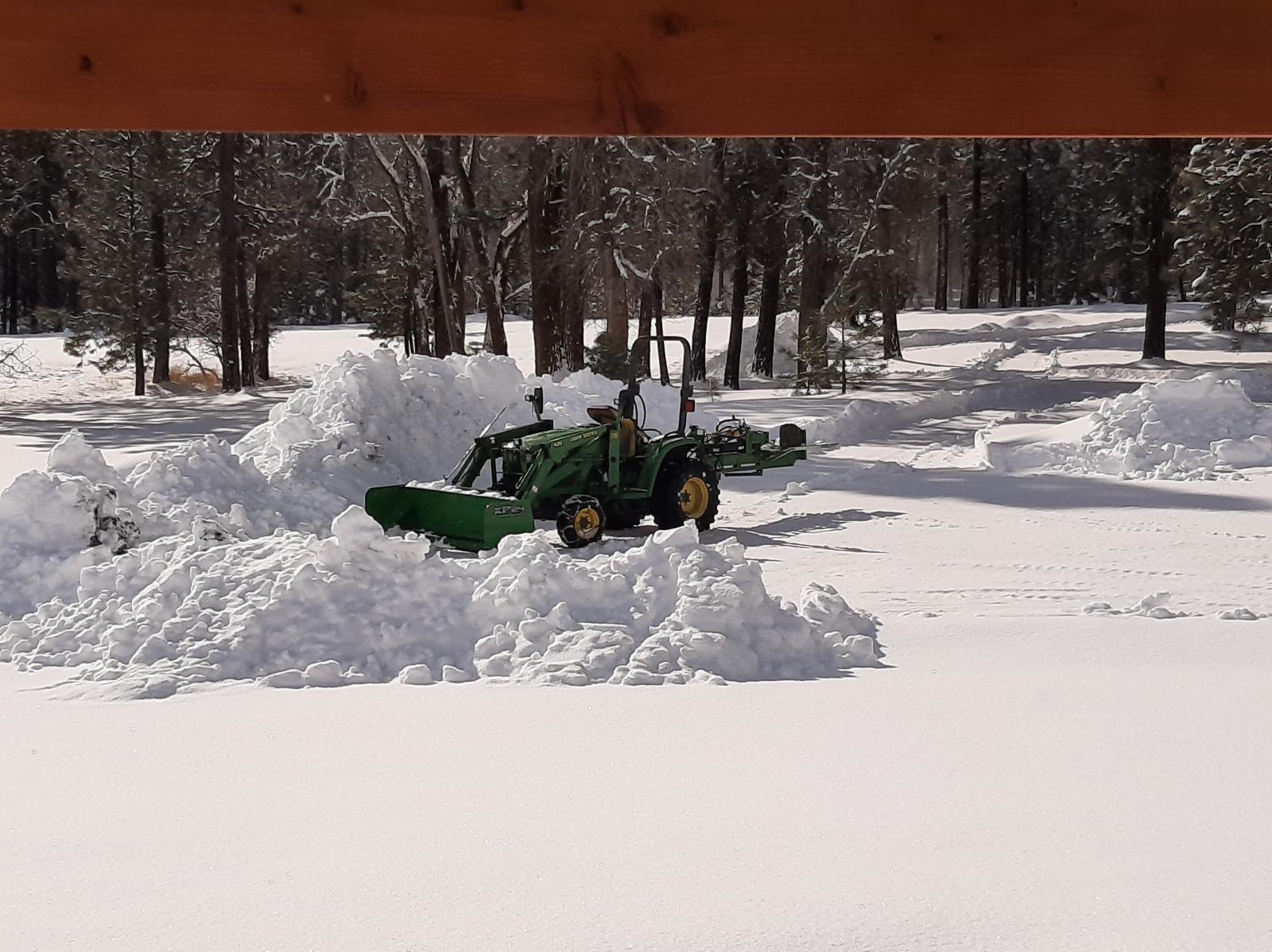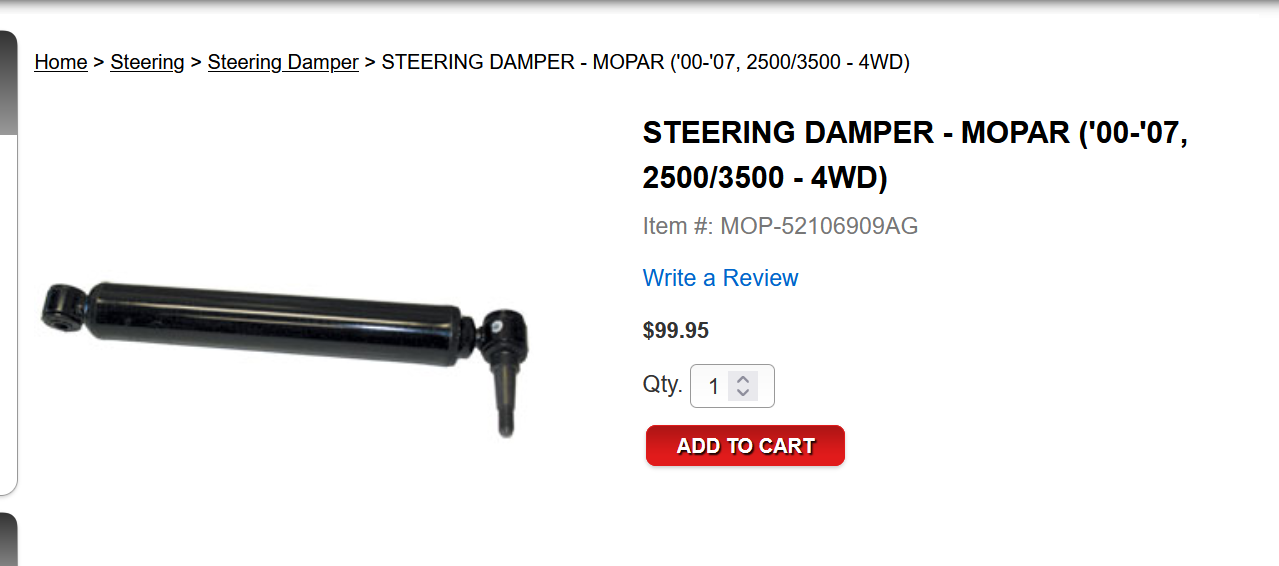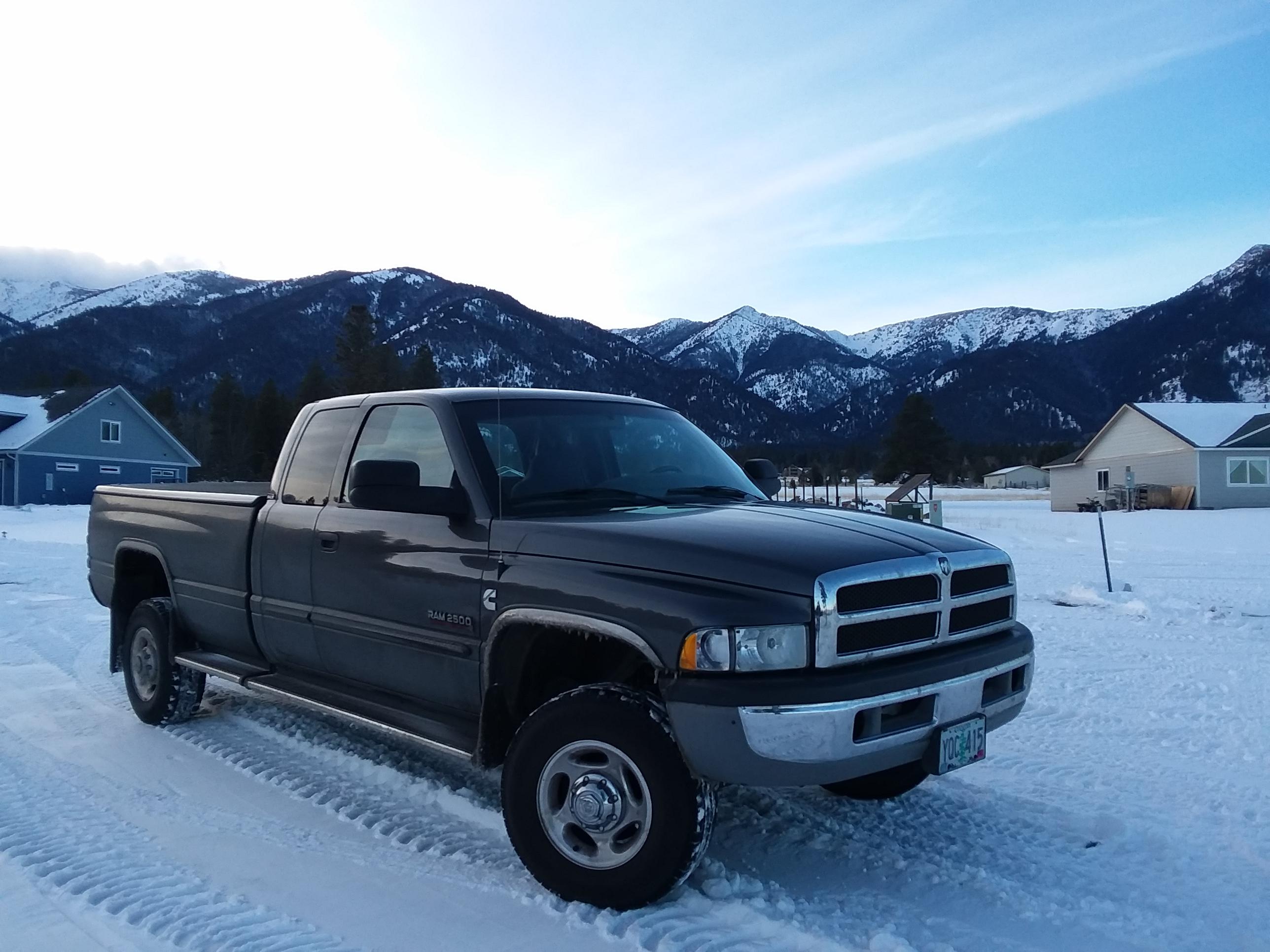
Everything posted by Tractorman
-
VP 44 voltage issue
You just gave an excellent example of how using an ohmmeter can lead you astray. One good method for finding poor connections in a 12 volt circuit is to use a test light with an incandescent bulb. The bulb will impose a small load in the circuit and the bulb will glow dimly when there is a voltage drop present. Your "barely touching fuse" would have been much easier to find with the test light approach. I am very interested to see what you find. - John
-
VP 44 voltage issue
You are doing some good troubleshooting here. Just for clarification (you probably already know this), the fuel pump relay is for the VP44 power supply, not the lift pump. You are correct in that pin 86 should receive 12 volts from pin 35 on the ECM. That fact that voltage at pin 86 falls to almost ground potential when you ground pin 85 tells me that there likely is a poor connection somewhere in the supply circuit. Using a ohmmeter to check continuity is not always conclusive. For example, 12 volts can be present under no electrical load, but can fall dramatically when a load is applied due to a poor connection. A test with an ohmmeter may not show this. The fuel pump relay coil gets supply voltage from pin 35 on the ECM and the ECM gets its supply voltage from pins 48 and 50 at the ECM connections. Those connections get their supply voltage from Fuse #3 in the PDC (which also supplies voltage to pin 30 on the fuel pump relay). There are splices along the way. John
-
Options to Trigger Relay
Are you saying that when you activate the OD switch on the shift lever to shift into fourth gear that you want to turn on the transmission cooler fan? I am not sure what your objective is here. If this is what you are trying to do, then I don't think wiring it this way is beneficial. Shortly after selecting fourth gear, the torque converter will lock up. When that happens, virtually all heat that was being generated by a slipping torque converter ceases. If I am misunderstanding what you are trying accomplish, then please disregard the above. - John
-
W T mod ciruit breaker
I used the 150 amp fuse shown below. Comes as a two-pack. I mounted it to the outside of my OEM air filter box. I have only had mine in operation since last October (about 4,000 miles), but no issues so far. Some say that the lid comes off easily - I have not had that problem yet. - John
-
New IAT, temp goes above 293, watch it drop on the code reader
Try not to jump to conclusions. @Great work!said, "burned up number 5." He did not say what was burned - piston, valve, cylinder, etc. Your engine had flame going back into the intake manifold through the intake valve while the valve was closed. Your situation is unique. As I mentioned before, intake valves don't burn. Something had to hold that valve open - possibly it was adjusted to tight, or foreign matter passed through the valve which could damage the valve face or valve seat or cause the valve to leak, or possibly the valve was struck and bent by the piston while the valve was in a forced open position. A properly operating intake valve will not burn, even if combustion temperatures are excessive. Again, I recommend that you have the shop collect and save the failed parts for analysis. @Mopar1973Manhas suggested to post some photos of the failed parts. I, too, would be interested in seeing photos. The photos may tell the story. - John
-
New IAT, temp goes above 293, watch it drop on the code reader
I don't know the answer regarding prices. I have never had the need to replace a diesel engine - long or short block. Maybe @Mopar1973Manwill respond here. He is much more familiar with labor and parts cost for major engine work. What about an available used engine from a reputable source? Not sure of what stage of tear down your shop has done on your engine, but I recommend that all parts related to the failure are collected and saved for you. - John
-
New IAT, temp goes above 293, watch it drop on the code reader
If this were my truck, I would want to see the failed parts. A failure analysis will usually tell the story as to what caused the failure. "Cylinder 5 had burnt valve." This is a very general statement. Was this an intake valve? I've never seen any burnt intake valves - burnt exhaust valves, yes. If the intake valve was held open by a foreign object, then there should be witness marks on the valve or in the piston head if the the piston made contact with the valve. I could understand an intake valve being burnt if something damaged the valve first. Then combustion gases could starting eating away at the valve after the damage occurred. However, a normal operating intake valve always has air flowing across its surface, unlike an exhaust valve that has hot combustion gases flowing across its surface. - John
-
Spring Camp trip Dates set in Concrete
-
New IAT, temp goes above 293, watch it drop on the code reader
I know it will be awhile before your truck is fixed, but don't forget to let us know the exact cause. We are all interested in knowing. - John
-
New IAT, temp goes above 293, watch it drop on the code reader
I wondered the same, but I can't imagine that even if both grid heaters were activated how the air temperature could rise from ambient to 300°F with the engine idling. However, it would certainly be easy enough to remove them from the equation. - John
-
Draw straw install
Your memory is still good. About 18 gph fuel returned from the VP44 (including fuel injectors) at engine idle - about 28 gph at 2,000 engine rpm. Now we will see if my memory is correct. I think @Mopar1973Mansaid to make a straight cut on the fuel line as in the example from FASS instructions. If I am wrong, he will let me know. - John
-
New IAT, temp goes above 293, watch it drop on the code reader
Tim, I reviewed that same post yesterday. I am glad you decided to inspect the IAT sensor. I certainly think you now have proven the source for the damaged IAT sensor is from a source of high heat. And, since it appears to happen right away with no load on the engine, the only thing I can think of that could generate that much heat in a such short period of time would be a nearby cylinder with an intake valve that is leaking - not a large leak, but enough of a leak to allow combustion gases (a flame) to enter the intake manifold. The leak would have to be small, otherwise there would not be enough compression to ignite the fuel. Possible causes: * an intake valve adjusted too tight * foreign material passed through an intake valve and is still lodged there or has damaged the intake valve or valve seat. Is it correct in assuming that the intake manifold was opened for replacement of the VP44? Not sure how hard it is to remove the intake manifold. You might try barring the engine over to see if you can feel a cylinder with less resistance on the compression stroke. It would help determine which cylinder is the problem. - John
-
New IAT, temp goes above 293, watch it drop on the code reader
I have looked at the photo. It looks as you described. If I am understanding correctly, the sensor in the photo had been in operation since 2008. According to the title of this thread, you installed a new sensor and observed a very high temperature reading (above 293°). You also noted that the temperature dropped off slowly after turning off the vehicle. My previous response was based on this information regarding the new sensor - not the old damaged one. So, I am thinking that there are two possible problem areas: * One - the temperature reading (over 293°) is real and the previous IAT sensor was overheated by excessive of heat of an unknown source. This source of heat, if not found, will damage the new sensor. * The other - the high temperature is false and the false reading is caused by a wiring issue or an improper signal. The temperature slowly dropping off after turning the vehicle off could naturally happen because the signal voltage to the sensor would have been switched off at the same time. The cause of the previous melted IAT sensor would be difficult to determine because it had been in the truck for years without observation of condition (assuming it had never been removed and inspected). It may be worth pulling the IAT sensor for inspection to see if it is being exposed to excessive heat. I think you have a unique and a difficult problem to solve here, but the folks here will help you through the process. If I have misunderstood anything you have said, please disregard the above. - John
-
New IAT, temp goes above 293, watch it drop on the code reader
Anytime poor wiring connections are a possibility, the symptoms may or may not be predictable as the resistance value can change at any time for no apparent reason. The only time an electrical connection will have resistance stability is when the connection is good electrically - which means virtually no electrical resistance. - John
-
Here Kitty Kitty Kitty...
When the deer come back, you will know the cat has moved on. I lived above Scotts Mills for twenty years and occasionally a cougar would be around for awhile - most of the time unseen, just tracks and an absence of deer. You knew the cat was gone when you saw deer munching on your favorite plants again. - John
-
Death wobble issue rears it ugly head again
I am also running the Centramatics - installed one year ago (10,000 miles ago) this month. I installed them for a particular reason. I had purchased a set of four commercial winter tires for a good price. It turned out that they are excellent rock pickers (probably why the good price). I live on a 1/2 mile long gravel road and those tires load up with rocks. After two hours of freeway driving, there are still lots of rocks in the tread. Of course, this affected tire balance dramatically. The Centramatics have worked well for the fix. The wheel balancer compensates for rocks leaving the tread, thus making the ride smooth again. The steel balls are enclosed in a circular tube filled with synthetic oil. This allows them to work well in cold weather. I think they are available for a dual rear wheel truck. - John
-
Spring Camp trip Dates set in Concrete
So far, we are on track for a late spring. The 10 day extended forecast is still showing below normal temperatures and snow showers for my location about 10 miles northwest of Baker City. Then it is forecast to switch gears for warmer, more seasonal temperatures. The photos below taken on 3-10-2023 (bottom) and 3-28-2023 (top) at my place (3,800' elevation). This is only my fourth winter here, but normally the snow is gone by the middle of March. There is still plenty of time for the snow to melt in the high country and (as @JAG1mentions), I will check out the area around Magone Lake early enough to make a decision on camping there. I am looking forward to seeing everyone wherever "there" ends up being. Just for information, Prairie CIty is at 3,500' elevation and Dayville is at 2,400' elevation. Prairie City has by far the best view. - John
-
Beast - Misc small repairs
They must be making better trucks now, 'cause before they just shut down by themselves, even if you made payments. - John
-
Death wobble issue rears it ugly head again
Not saying that this is the best steering damper, but this is the one I purchased from Geno's Garage. It is definitely more heavy duty than the NAPA one it replaced - 5/8" shaft vs. 1/2" shaft and a larger diameter cylinder. Also, I've never known Geno's to sell marginal products. - John
-
Cyl injector lines loosening up over time- is there a torque spec?
I believe 28 ft/lbs is the magic number for the fuel line connection at the head. I have never experienced any injector lines coming loose. - John
-
Death wobble issue rears it ugly head again
That's good news - you are probably fine. - John
-
Death wobble issue rears it ugly head again
Looks like you may have found the source of your problem. Hopefully, you have. When you remove the track bar, be sure to closely inspect the end that connects to the axle. If there is evidence of movement between the steel bushing inside the track bar and the mounting bracket ears, this means that the bolt was never tight enough. The bolt may have been tightened to the correct torque value, but it wasn't enough to clamp the brackets solidly to the steel bushing. There should be absolutely no movement here. If by chance the bracket ears are damaged from movement of the steel bushing, you will have to assess the damage. It will be even more difficult to get the right clamping force if the bracket ears are damaged. - John
-
Death wobble issue rears it ugly head again
I should give a bit more steering history on my truck. For the first 168,000 miles I was not happy with the steering - specifically poor steering return and I felt I had to constantly steer the truck into and out of curves as well as straight down the road. The truck would not track straight. So, after doing some research I decided to significantly increase the degree of caster. This one action gave impressive results - instant improved performance in steering return and straight ahead tracking. After a few days I then removed the steering damper just to feel the difference. On the highway there was very little difference, off-road I could feel the road in the steering wheel much more. Just for grins I left the steering damper off for the next 88,000 miles (5 years). Interestingly enough, the truck continued to handle well and I never had any indication of death wobble. (Just another piece of information that adds mystery to the actual cause of death wobble.) * 168,000 miles - set caster to positive 4 1/2° Remove OEM steering damper (still in good operating condition) * 256,000 miles - install a new steering damper (NAPA) I decided to re-install the damper for extra insurance against the chance for a death wobble occurrence for an aging truck. No sense in tempting fate. * 372,000 miles (yesterday) - replace steering damper with OEM (116,000 miles on NAPA damper - leaking and no resistance) Noted that the NAPA damper uses a 1/2" shaft and the the OEM damper uses a 5/8" shaft. In my case the OEM damper was still working as designed at 168,000 miles while the NAPA damper failed before 116,000 miles. @Doubletrouble, I am very interested to see what resolves your death wobble issue. - John
-
Death wobble issue rears it ugly head again
The resistance should be heavy in both directions. Also equally important is there should no change in resistance when changing direction (push, pull), not even a slight reduction of resistance. Coincidentally, my steering damper was showing a drop of oil collecting on it and occasionally dripping for the last couple of months. I ordered an OEM damper from Geno's and I installed it last night. The old damper moved 2 inches in either direction without resistance. - John
-
OMG what a night...
Well, now that the smoke has been released you can go ahead with your repair. - John


